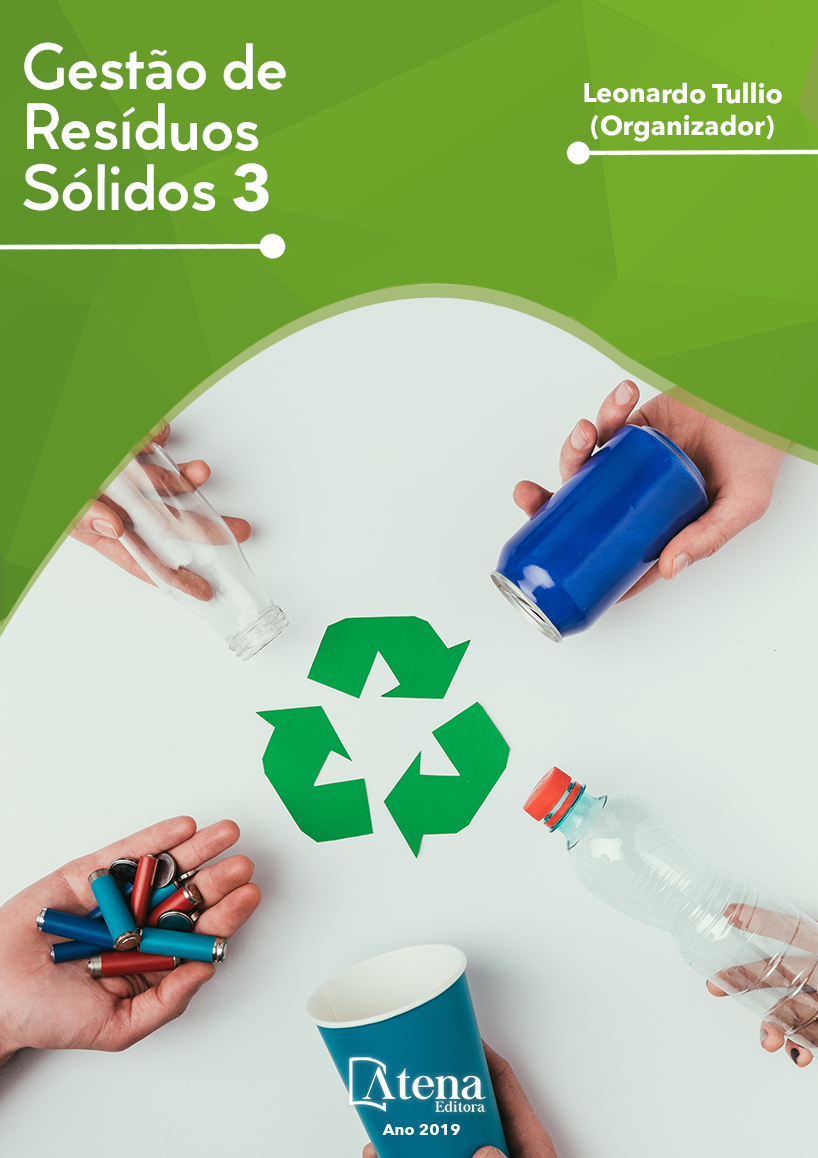
CONTENÇÃO DE RESÍDUOS TÓXICOS EM MATERIAIS GEOPOLIMÉRICOS PRODUZIDOS A PARTIR DE CINZAS PESADAS DA QUEIMA DO CARVÃO MINERAL E CAULIM
A contaminação com elementos
tóxicos pode ser potencialmente perigosa,
como, por exemplo, resíduos de metais
pesados presentes em efluentes provindas de
processos industriais de diversas fontes. Caso
não haja formas de contenção, podem causar
graves problemas ambientais. Os tratamentos
e a recuperação destes elementos podem se
tornar economicamente elevados, de difícil
eliminação e muitas vezes ineficientes. Uma
técnica que tem sido utilizada é a contenção
de metais pesados através da inserção em
matrizes de cimento para serem solidificados.
No entanto, para que não haja lixiviação dos
metais para o meio ambiente, é importante que
o material seja resistente e com poucos poros
na estrutura. Neste contexto, o objetivo principal
desta pesquisa foi a utilização de resíduos
industriais como uma das matérias-primas para
obtenção de geopolímeros para a aplicação na
imobilização de resíduos industriais presentes
em efluentes contaminados. As matrizes dos
cimentos geopoliméricos são formadas através
da ativação de aluminossilicatos com reagentes
alcalinos. As amostras de geopolímeros foram
obtidas utilizando cinzas pesadas e caulim
(CP/C) e para ativação dos materiais utilizouse
quatro misturas, entre elas: 8 e 12 M de
NaOH e 8 e 12 M KOH nas proporções de
2:1 em volume com Na2SiO3. Os materiais
foram caracterizados pelas técnicas de FRX,
DRX e MEV e ICP-MS no extrato lixiviado e
solubilizado após a imobilização. Observouse,
através dos resultados, que os materiais
geopoliméricos apresentaram estruturas
densas e bem formadas. O material sintetizado
possui potencial para contenção de resíduos
tóxicos, considerando que houve alta redução
dos metais pesados presentes nos extratos.
CONTENÇÃO DE RESÍDUOS TÓXICOS EM MATERIAIS GEOPOLIMÉRICOS PRODUZIDOS A PARTIR DE CINZAS PESADAS DA QUEIMA DO CARVÃO MINERAL E CAULIM
-
DOI: 10.22533/at.ed.87919140312
-
Palavras-chave: Resíduos tóxicos, contenção, cinza pesada, geopolímeros.
-
Keywords: Toxic, containment, bottom ash, geopolymer
-
Abstract:
Contamination with toxic elements
can be potentially dangerous, such as heavy
metal residues present in effluents from
industrial processes from a variety of sources. If there are no forms of containment,
they can cause serious environmental problems. The treatments and recovery of these
elements can become economically high, difficult to eliminate and often inefficient.
One technique that has been used is the containment of heavy metals by insertion
into cement matrices to be solidified. However, in order for there to be no leaching of
the metals into the environment, it is important that the materials be strong and with
few pores in the structure. In this context, the main objective of this research was the
use and immobilization of industrial waste as one of the raw materials for obtaining
and applying geopolymer in the containment of toxic waste present in contaminated
effluents. The matrices of the geopolymeric cements are formed through the activation
of aluminosilicates with alkaline reagents. Geopolymer samples were obtained using
bottom ash and kaolin (BA / C). For the activation of the materials, four mixtures were
used, among them: 8 and 12 M NaOH and 8 and 12 M KOH in proportions of 2: 1 by
volume with Na2SiO3. The materials were characterized by the XFR, XDR and SEM and
ICP-MS techniques in the leached extract and solubilized after immobilization. It was
observed from the results that the geopolymeric materials presented dense and wellformed
structures. The synthesized material has the potential to contain toxic residues,
considering that there was a high reduction of the heavy metals present in the extracts.
-
Número de páginas: 15
- Rozineide Aparecida Antunes Boca Santa
- Cíntia Soares
- Humberto Gracher Riella


